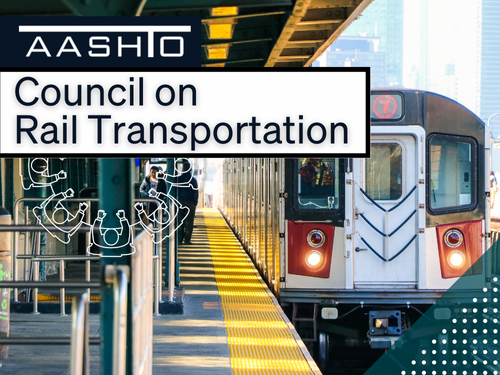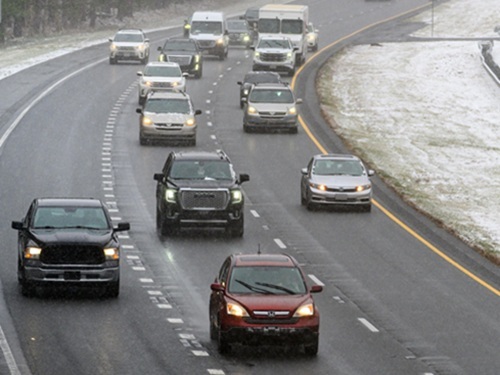According to an annual shared micro-mobility report compiled by the National Association of City Transportation Officials and released on April 17, more than twice as many shared bicycle and e-scooter trips were taken in 2018 – 84 million – compared to 2017. The group noted that 36.5 million of those “micro-mobility” trips were taken on station-based bikes – an increase of 9 percent from 2017 – with only 9 million trips taken via dockless shared bikes, while another 38.5 million trips were taken via shared e-scooters.
“Shared micro-mobility has the opportunity to be a game-changer for those without the means, ability, or desire to maintain a private vehicle,” said Nicole Payne, NACTO’s program manager, in a statement. “When cities, system operators, and communities plan together, cities can ensure the best outcomes for their residents: providing truly reliable, affordable, and easy-to-access transportation, expanding access to opportunity.”

However, Kate Fillin-Yeh, NACTO’s director of strategy, stressed that “managing the many new shared vehicle types on city streets is a challenge,” pointing out that “the data cities receive from vendors can be spotty, complicating efforts to regulate systems or make good policies. Much of the equipment is new and largely untested at scale and the market is changing rapidly, with an uncertain financial outlook.”
Other findings from NACTO’s 2018 shared micro-mobility report include:
- Dockless pedal bikes have largely disappeared from most U.S. cities and are only partially being replaced by shared scooters. Approximately 44,000 dockless pedal bikes were on the ground at the end of 2017, but most of those are no longer in use. Most dockless bike share companies retooled their fleets to focus on e-scooters, NACTO said, joined by new e-scooter-focused companies.
- E-bikes are the most frequently used shared micro-mobility vehicles, the group found, as measured by rides/vehicle/day and they are used twice as frequently as pedal bikes. Many bike share companies have plans to rapidly expand their e-bike fleets. Minneapolis is planning to transition entirely to an e-bike-based fleet from pedal bikes, while New York City is planning for a fleet that will be one-third electric.
- The largest bike share systems are more heavily utilized, on a per-bike basis, than smaller systems. The largest bike share systems see their bikes utilized, on average, twice per day or more – including in winter months – and most of the smallest systems see their bikes utilized less than once per day.
- By contrast, scooter share systems have the opposite correlation: the largest fleets of shared scooters were used less than once per day, while the smallest fleets of shared scooters were used more than four times per day. Bike share benefits from a network effect of a dense network of conveniently placed bikes over a large area; scooter share ridership does not yet seem to benefit from a network effect.
- Station-based bike share is most heavily utilized during traditional rush hours, while scooter share trips are more evenly dispersed throughout the day, with the highest ridership on Fridays and weekends. These findings suggest that people are using bike share and scooter share for different trip types, a finding reinforced by surveys in cities of bike share and scooter share users.
 Nation
Nation
Registration Open for AASHTO’s Winter Rail Meeting
December 19, 2025 Nation
Nation

